
Birches are popular trees to grow in the garden, with their pale barks and fine canopy that lets through the dappled sunlight.
Their pale bark contrasts brilliantly against the dark tracery of twiggy branches overhead and in winter these trees can look like finely chiselled charcoal sketches. The branches also cast a magic-lantern pattern of light and shade as the sun moves round.
Birches are hardy, resilient and adaptable but most birches are shallow rooted and these surface roots can dry out the ground - for this reason, spring-flowering plants are more-suited as understorey plants because they can perform before dry conditions take hold.
If you want to plant a birch in your garden, read on to find out the best types available in the UK.

The classic Himalayan birch (Betula utilis var. jacquemontii) is variable, but there are excellent AGM varieties guaranteed to develop that desirable white bark. These include ‘Doorenbos’, ‘Jermyns’, ‘Silver Shadow’ and ‘Grayswood Ghost’.
Seek out these medium-sized trees from specialist tree nurseries and then add a carpet of vibrant spring-flowering plants to flatter their ghostly form. Choose either deep-pink Cyclamen coum, or dusky hybrid hellebores or purple crocus – keeping the planting simple.
Benefits: striking white bark, easily available.

Another good birch tree with high-sheen white bark includes Erman’s Birch (Betula ermanii) .
The heart-shaped leaves are larger and they colour up to butter-yellow in autumn. The trunk is a pink-toned coppery cream and the finest form, ‘Grayswood Hill’, has thickly-textured foliage that’s a vibrant-green in summer (up to 30 ft, 5–10m).
Benefits: striking white bark, yellow autumn foliage.

The slightly darker, rougher toned Betula albosinensis (sometimes written ‘Betula albo-sinesis’) is a vigorous faster-growing tree from Western China. It can reach 60ft (20m) and the warm-brown bark has a darker mahogany underside, this can be seen once the bark peels away.
The best named form ‘Septentrionalis’, commonly known as the Chinese red-barked birch, has a grey-pink trunk, copper-pink branches and matte leaves.
Benefits: fast growing, interesting red/bronze bark.

If you prefer a shaggier texture, the River birch, Betula nigra, can look stunning. But this American species needs moisture in order to thrive, so it’s no good planting it on well-drained soil or in drier areas of the country.
The bark of a mature tree flakes to reveal layers of cream, cinnamon and orange and the ragged edges catch the light and take on an attractive translucence. The diamond-shaped leaves turn bright-yellow in autumn. Those on heavy soil should do well with this.
Benefits: textured bark, good for heavy soil.

There are two British native varieties of birch tree. The classic silver birch, Betula pendula, is native throughout Europe. Garden forms are available, including ‘Purpurea’ (purple birch) with dark purple leaves, weeping varieties such as ‘Youngii’ (Young’s weeping birch) and ‘Dark Prince’, and the narrow upright ‘Fastigiata’ (pyramid birch) which is suited to smaller gardens.
A native silver birch is a good choice for a wildlife garden as the tree supports over 300 species of insects, including buff tip moths and angle shades moths. The seeds are eaten by birds such as greenfinches and siskins.
Benefits: wildlife-friendly, easily available.

The second British native is downy birch, Betula pubescens. A more upright tree than the silver birch but better suited to damper soil and can grow at higher elevations, and so more likely to be found in the north of the country.
New shoots on downy birch feel hairy to the touch. As with the silver birch, a downy birch will attract wildlife to the garden.
Benefits: wildlife-friendly, good for damp soil.
You can plant young bare-root trees when they are dormant, between November and February, as long as the ground is frost-free.
Container-grown plants can be planted throughout the year except in extreme weather – i.e. when it’s very cold or very hot. Spring and early autumn are ideal.
Birches can be planted as single stemmed trees and left unpruned to develop a single main leader before developing into a slender, upright trees.
A young tree can be trained into a multi-stemmed specimen if the main leader is pruned out. This will result in several smaller trunks and the resulting tree will be roughly a third shorter.
Ready-trained specimens can be bought and generally the trunks look as though they have been arranged in a vase. It’s a very natural shape and ideal for a smaller garden that only has room for one tree.
Another technique is to plant three young trees in the same hole to create a fused shape of three narrow trunks.These seem to move away from each other as they develop and the trunks can look stunning in winter light.
Birch trees come in a variety of shapes and styles, and it’s even possible to grow them in large containers.
Silver birch and Himalayan birch are both available as columnar ‘Fastigiata’ varieties, which have a much smaller spread than other birch trees and are ideal for smaller gardens.
A multi-stemmed variety will create an impact and are well-suited to small gardens without room for multiple trees, while a weeping variety with have the spread without the height.
Mountain birch (Betula nana) is a slow growing dwarf birch usually found in the tundra, but it is not common or easily available for gardens. It has copper stems and a shrub-like appearance.
If growing in a container you will need to make sure the soil doesn’t dry out and keep it fed.
Give your ornamental birches an annual wash with a soft brush or sponge. Use clean, slightly warm water to remove dirt and algae from the trunk in autumn. Do it again in spring if needed.
Val Bourne is a gardening expert and journalist who writes for The Daily Telegraph, Saga Magazine and many others. Val has been awarded the Garden Media Journalist of the Year and Columnist of the Year.
She is also the author of many books, including The Living Jigsaw, The Ten-Minute Gardener. Val also judges the perennial and dahlia trials at RHS Wisley.
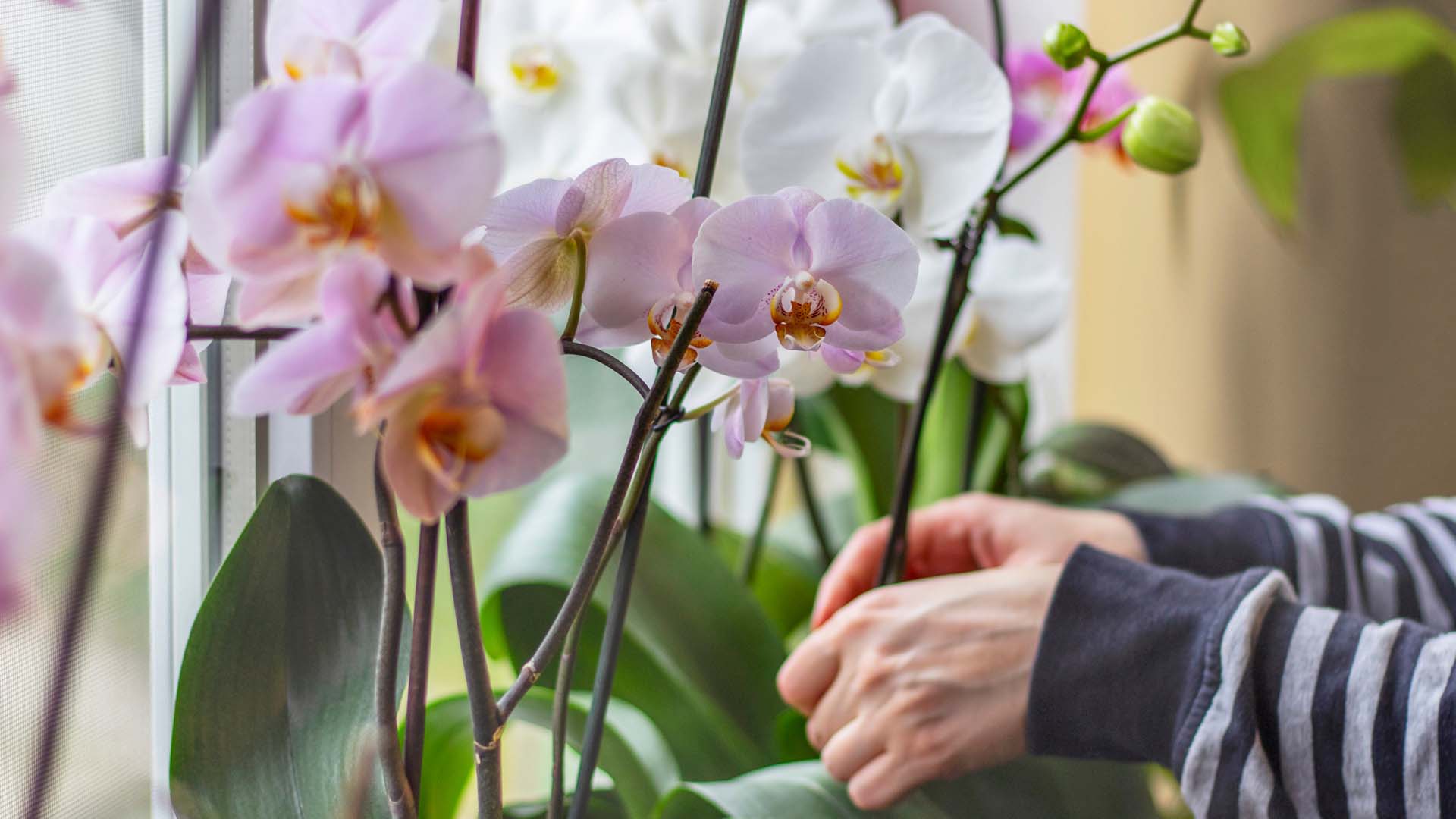
Our expert pruning and watering hacks include a top tip to keep them flowering from Alan Titchmarsh.
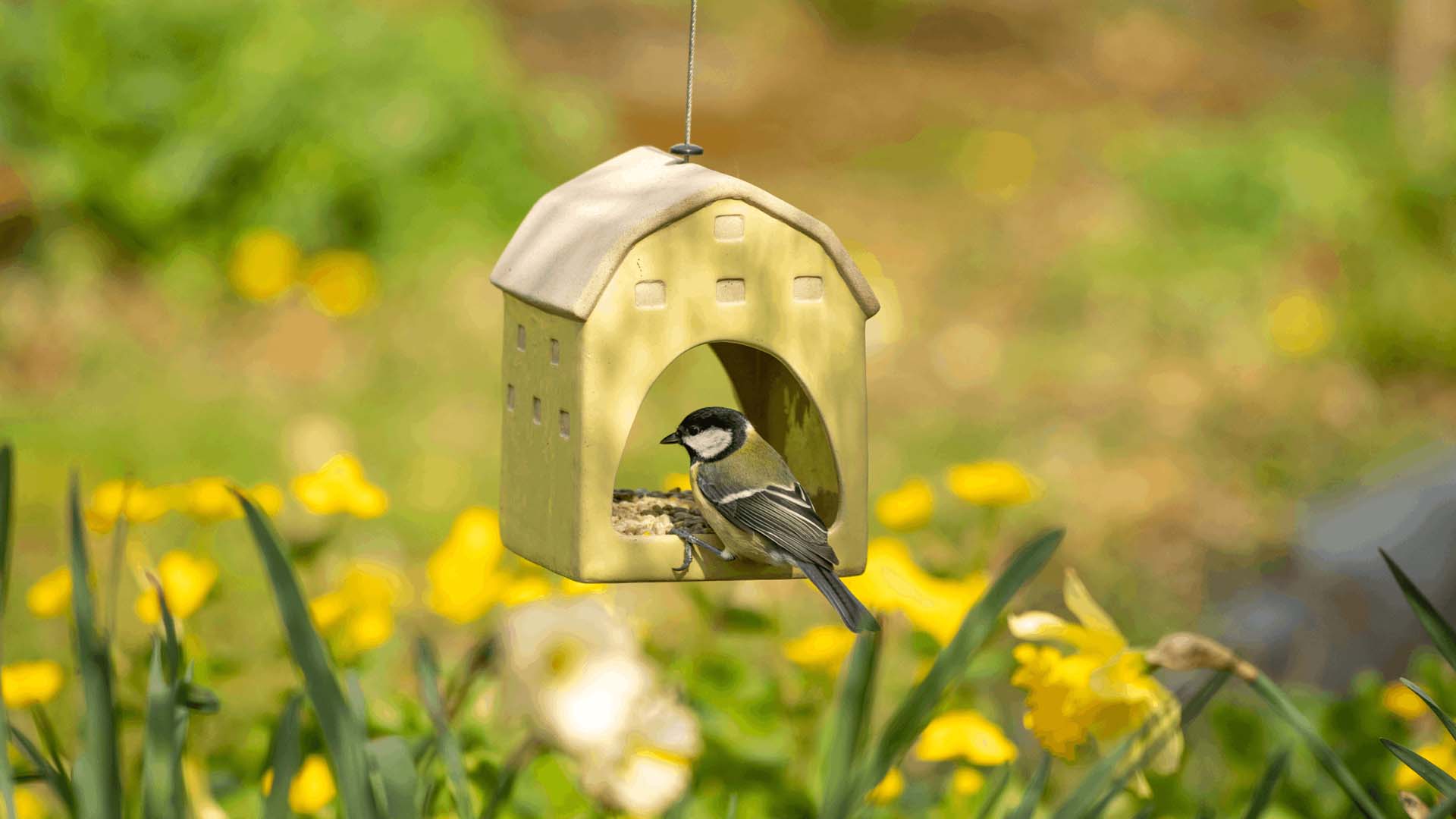
Don’t make these bird-feeding mistakes. Expert advice on how to feed birds in your garden safely.
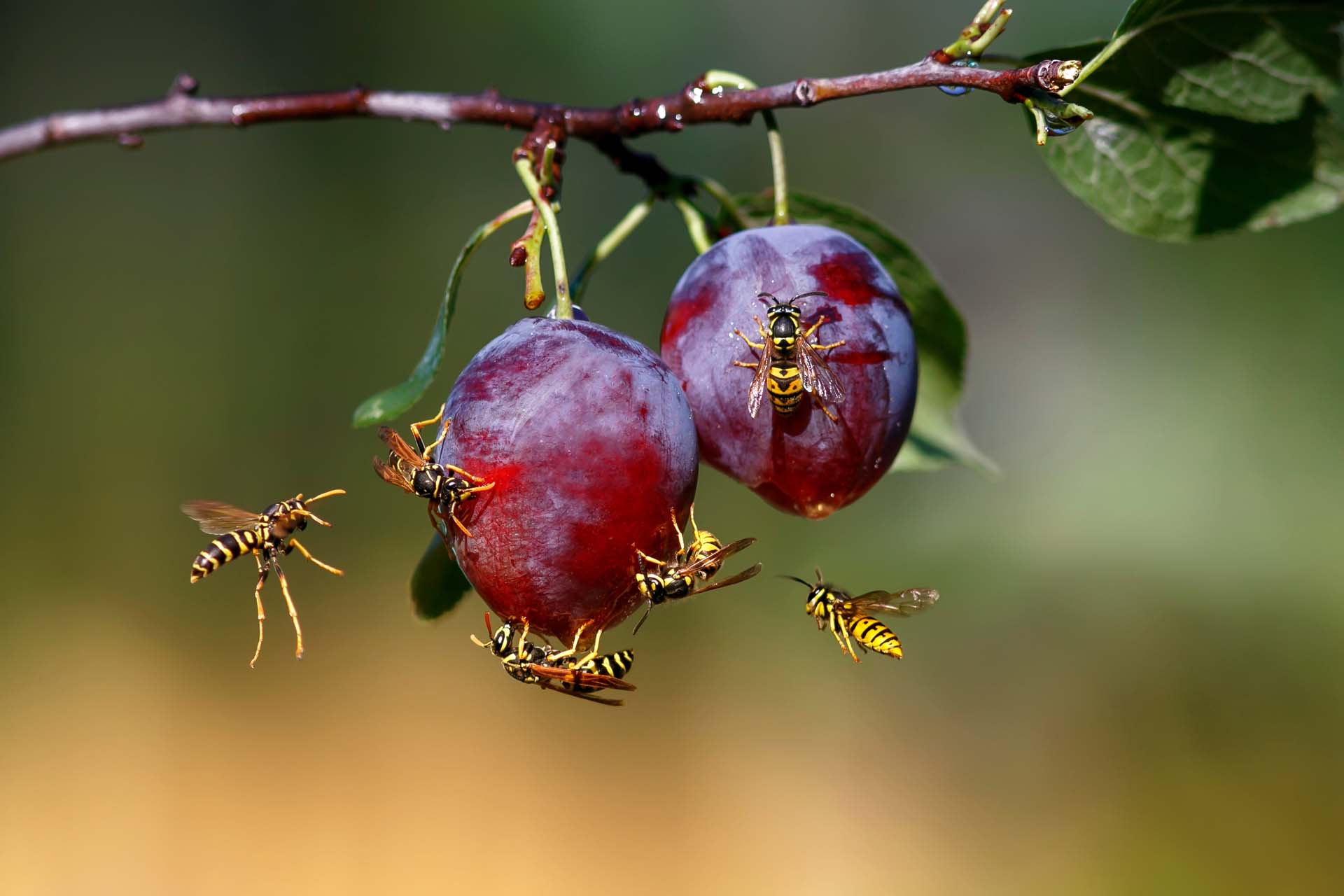
Blighted by buzzing? How to keep wasps out of your garden without harming them so you can enjoy the summer.
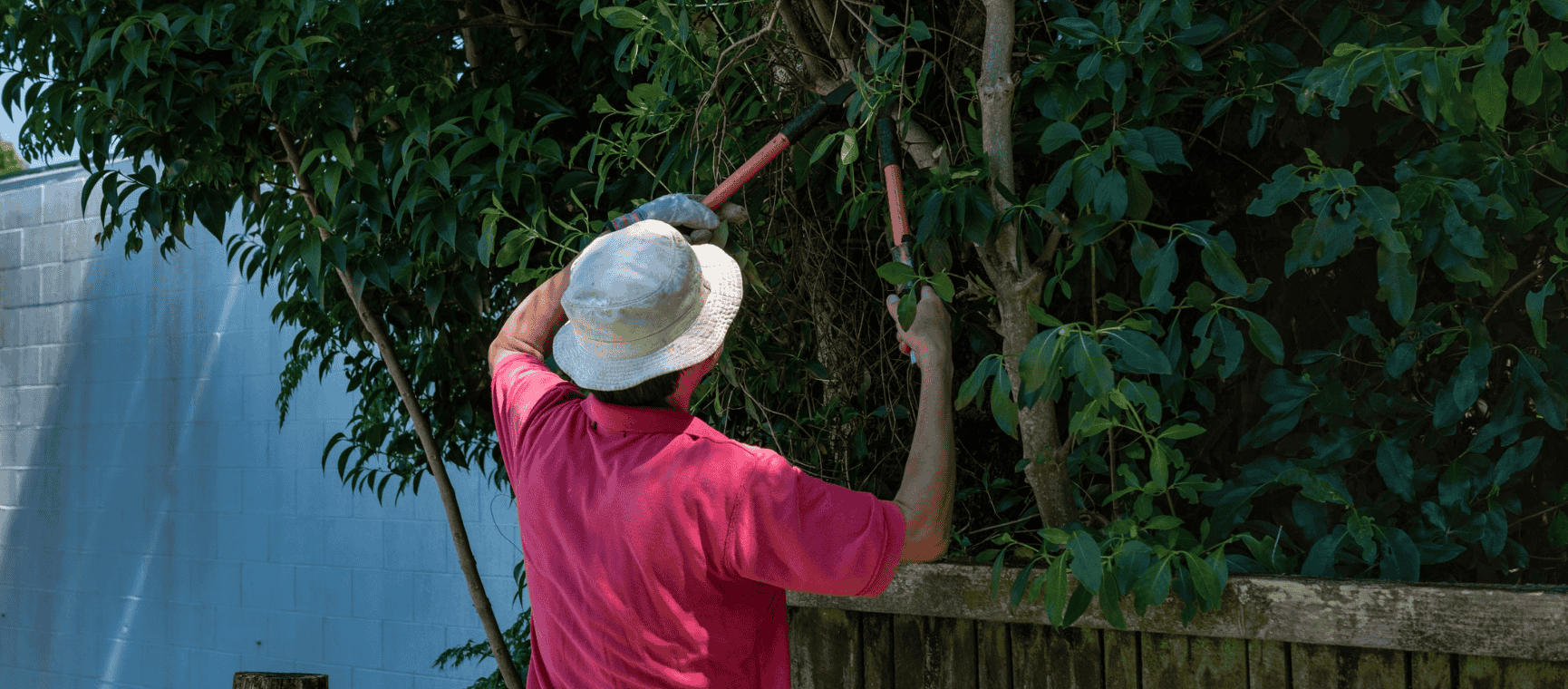
The ways you could be breaking the law in your back garden - with expert advice on how to avoid neighbour disputes, a fine or even a prosecution.
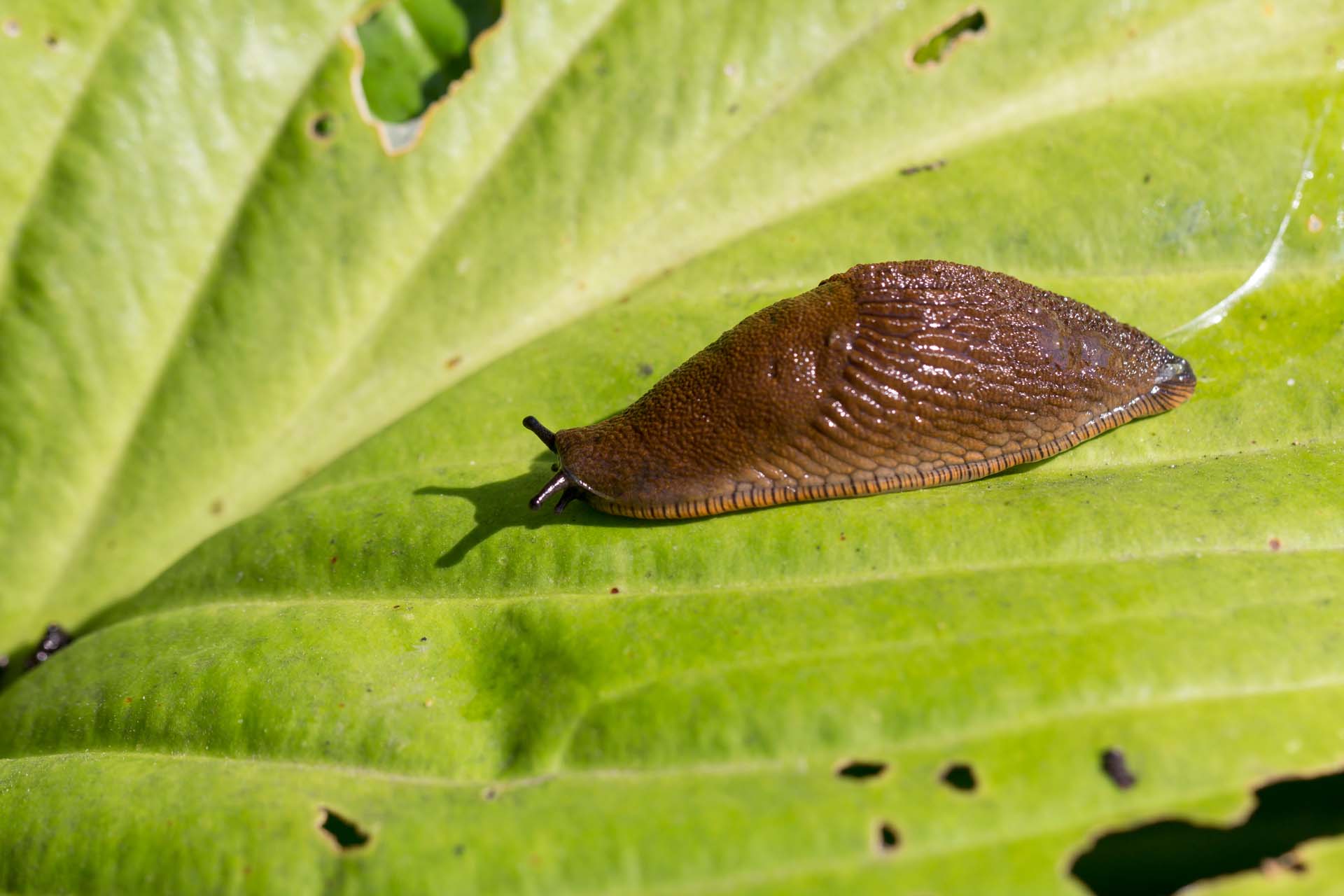
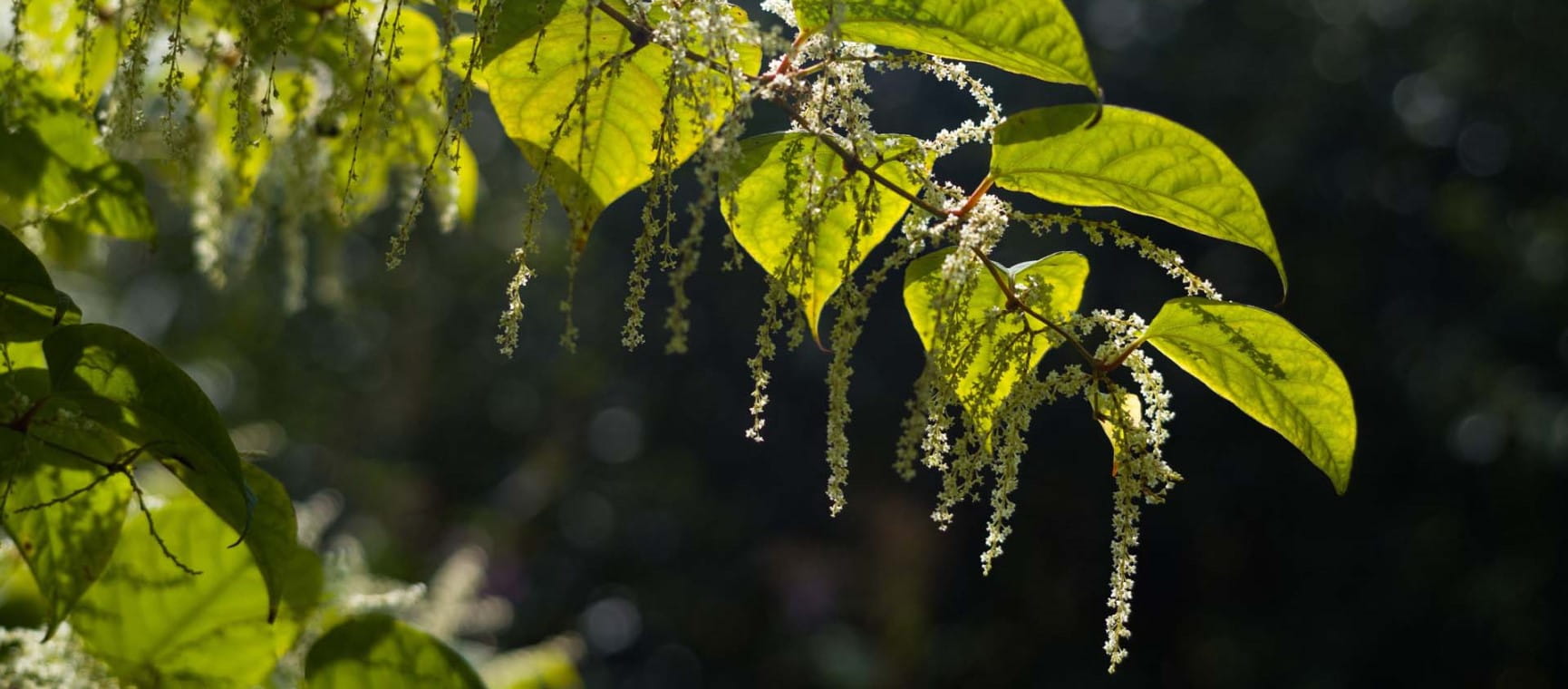
Everything you need to know about Japanese knotweed, the fast-growing plant nobody wants in their garden.